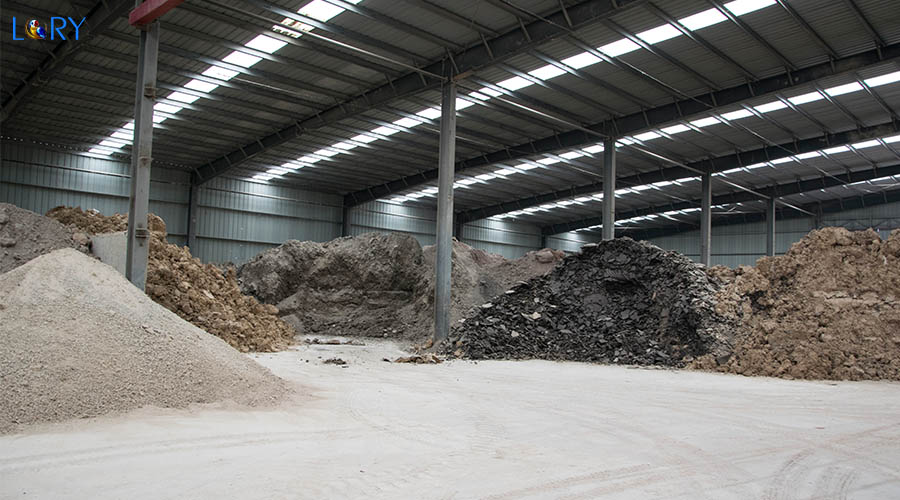What is a carbon footprint?
Carbon footprint, which represents the “carbon consumption” of an individual or group, is the collection of greenhouse gas emissions caused by enterprises, activities, products or individuals through transportation, food production and consumption, and various production processes. It describes the impact of a person’s energy awareness and behavior on nature, calling on people to start from themselves.
The carbon footprint of enterprises mainly focuses on the carbon emissions directly and indirectly generated throughout their business lifecycle. The positive significance of applying this tool is that it can help enterprises shift their emission reduction work from passive regulation to proactive improvement.
As someone who has been following the world of green manufacturing for times, I am thrilled to see toilet companies making a combined trouble to reduce their carbon footprint. With the demand for environmentally friendly products on the rise, it’s no wonder that these companies are stepping up their game.
In this composition, we’ll take a near look at how toilet companies are reducing their carbon footprint and what this means for toilet wholesalers and traders.
1. Sustainable Materials
One of the most significant ways water closet companies are reducing their carbon footprint is through the use of sustainable materials. Many water closet manufacturers are now using recycled materials in the product of their toilets, such as recycled plastic and ceramic. This not only reduces the quantum of waste going to tips
but also reduces the need for new raw materials, which can be energy- ferocious to prize and process.
In addition to recycled materials, many toilet companies are also exploring the use of other sustainable materials, such as bamboo and other fast- growing factory- grounded materials. These materials aren’t only renewable, but they’re also biodegradable, making them an excellent choice foreco-conscious consumers.

2.Saving Technologies
Another way toilet companies are reducing their carbon footprint is through the use of water- saving technologies. Toilets are a significant source of water usage in homes and businesses, and traditional toilets can use up to 7 gallons per flush. By enforcing water- saving technologies such as dual-flush systems and low- flow toilets, toilet companies are helping to reduce water usage and conserve this precious resource.
Dual-flush systems allow users to choose between a low-flush and a high-flush option, depending on the waste being disposed of. This can save up to 68 of water usage compared to traditional toilets. Low- flow toilets, on the other hand, use as little as 1.28 gallons per flush, reducing water usage by over to 20.

3. Energy Efficiency
Toilet companies are also exploring ways to reduce their energy usage during the manufacturing process. This can include the use of renewable energy sources such as solar and wind power, as well as the implementation of energy-effective technologies in their manufactories.
For example, some toilet companies are now using high- effectiveness motors and lighting systems to reduce their energy usage. They’re also investing in energy-effective production equipment, which can save them money on energy costs while also reducing their carbon footprint.
4. Green Packaging
Toilet companies are also exploring ways to reduce their carbon footprint through sustainable packaging. This can include the use of biodegradable materials, such as corn starch- based packing peanuts, as well as the reduction of overall packaging materials.
Many toilet companies are now using furthereco-friendly packaging options, similar as recycled cardboard and paper. They’re also reducing the size of packaging accoutrements to reduce waste and save on shipping costs.
5. Life Recycling
Finally, toilet companies are exploring ways to reduce their carbon footprint through end- of- life recycling. This can include the recycling of toilet factors such as plastic and ceramic, as well as the composting of organic waste.
By implementing end- of- life recycling programs, toilet companies are reducing the amount of waste that ends up in tips, which can take hundreds of times to break down. rather, these waste accoutrements can be repurposed into new products or returned to the earth as compost, reducing the overall impact on the terrain.
As consumers become more environmentally conscious, it’s essential for businesses to adapt and offereco-friendly options. By offering green toilets, wholesalers and dealers can attract a broader customer base and differentiate themselves in a crowded market.
In conclusion, toilet companies are making significant progress in reducing their carbon footprint and promoting sustainability through their products and operations. As toilet wholesalers and dealers, it’s crucial to prioritize sustainability and offereco-friendly options to meet the demand of today’s environmentally conscious consumers. By doing so, we can create a further sustainable future and make a positive impact on the environment.